Profoto B1X Review: Tough, Powerful, and Worth Every Penny
![]()
When Profoto released the cordless, battery-powered B1X monolight in 2017, I was rather skeptical. Why should a company release a new light if it offers mild improvements over the old model? Faster recycling, better battery life, and more modeling lamp output aren’t exactly groundbreaking. Yet the build quality, the ability to freeze motion, and the number of flashes per charge make this light worth every penny.
Design and Build Quality
The design is typical for Profoto monolights and something hasn’t changed dramatically since the introduction of the D1.
It is ergonomic — if you put a heavy modifier on the light, simply use the handle to move it in place. The large knob will fix the light in place and hold it securely. I never had a problem with the joint being flimsy. In fact, the whole light feels secure and sturdy and it feels like this light could survive a war. I think it’s one of the most well-built lights on the market.
The cherry on the top is that you can change the flash tube yourself, which is what many pros value. Priced like a premium product, it definitely feels like one.
![]()
Coming in at 6.6 pounds (3kg) including the battery, this isn’t a lightweight solution. If you’re taking a B1X on your set, make sure you have good light stands as it can get top-heavy very fast, especially if you add a big RFi modifier.
The size is the same as a D2 or B1: it measures 12.2×8.3×5.5 inches (31x21x14cm), so the light is pretty massive. Look into the B10X Plus if you want 500W in a small package.
![]()
![]()
There are 4 buttons and a knob on the back of the light which also features a bright LCD. The power knob is made in a way that makes it easy to make fine 0.1 stop incremental adjustments. Press and turn and you’re changing power in full stops. The other buttons are modeling lamp, sync, ready, and test (also on-off). You will never turn off the B1X by accident because the test button must be held for 3 seconds for that to happen.
The buttons have a nice feel to them and it is easy to figure out most functions, though I sometimes have trouble changing groups and sync modes. It could be more intuitive with the addition of a menu like in the D2.
![]()
![]()
Internals
Air
You can pick from 8 Air channels and 5 groups out of which A-C supports TTL. Air works reliably and will fire flashes within 300m without a problem. I never had a misfire because of Air working poorly.
TTL
The TTL adds convenience to the pack. It will provide a great starting point for dialing in your light power. Otherwise, TTL is useful on location because it can speed up the shooting process dramatically. I often resort to TTL when I have limited time for photography or when the light is changing too much. TTL does an okay job of keeping the exposure on the subject similar so you can rely on it to adjust the power up and down if the ambient light keeps on changing.
HSS
The HSS was fairly bad on the B1 because it was offered on a small power range. With the introduction of the B1X, the HSS range is now the full 9 stops. In the past, you would enable HSS on a B1 and it would automatically reduce the maximum output by a few stops. Overall, the HSS is reliable, but I wouldn’t recommend using it to freeze motion because there are better ways to do it, such as with flash duration.
Light Quality
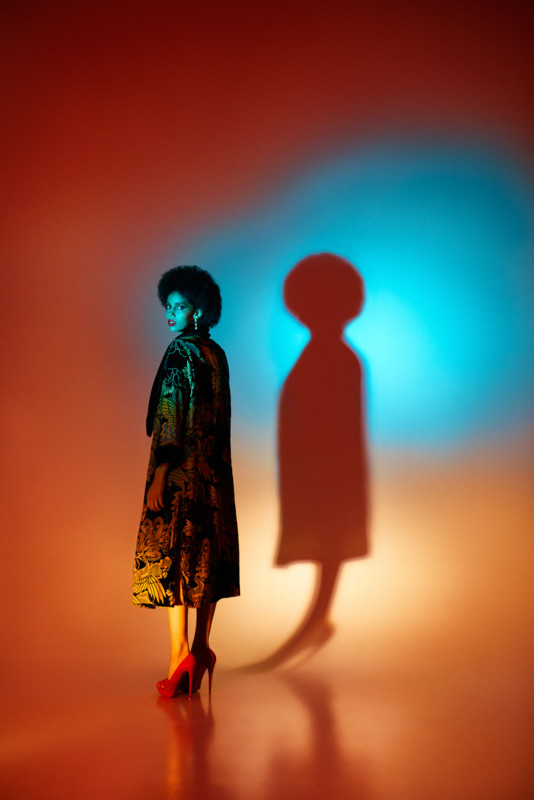
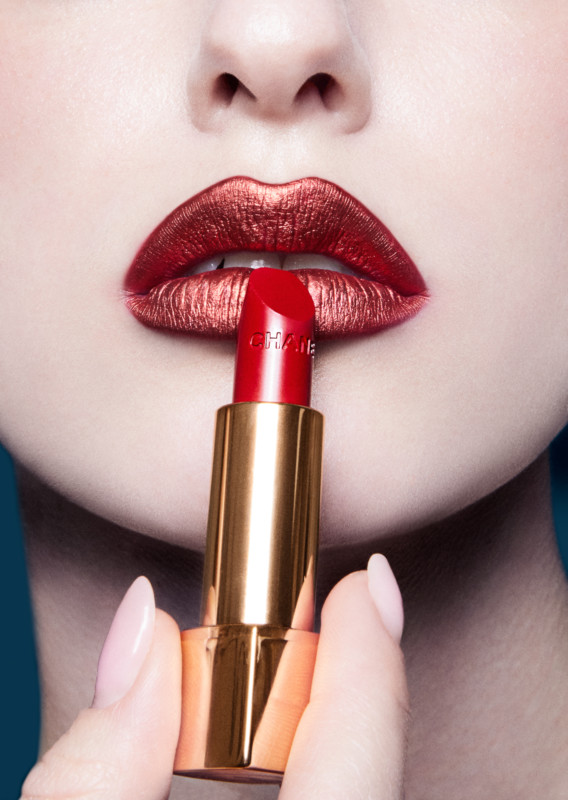
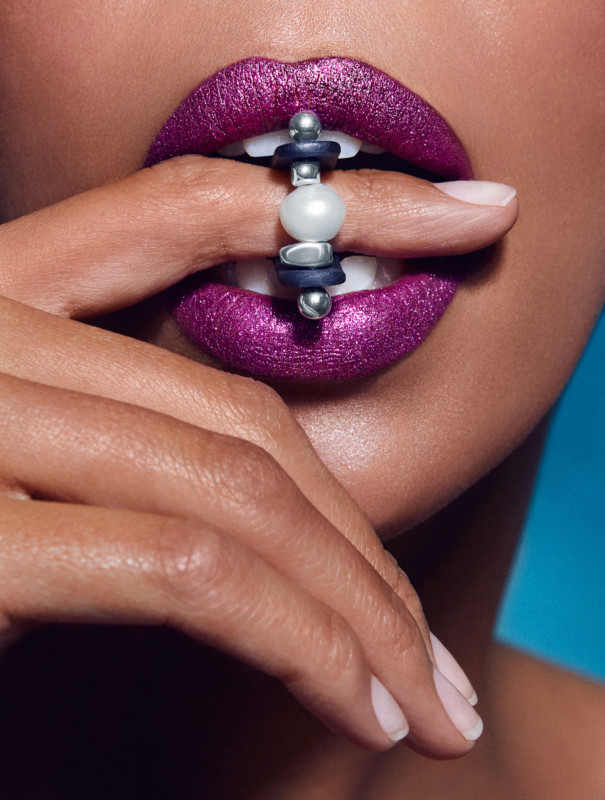
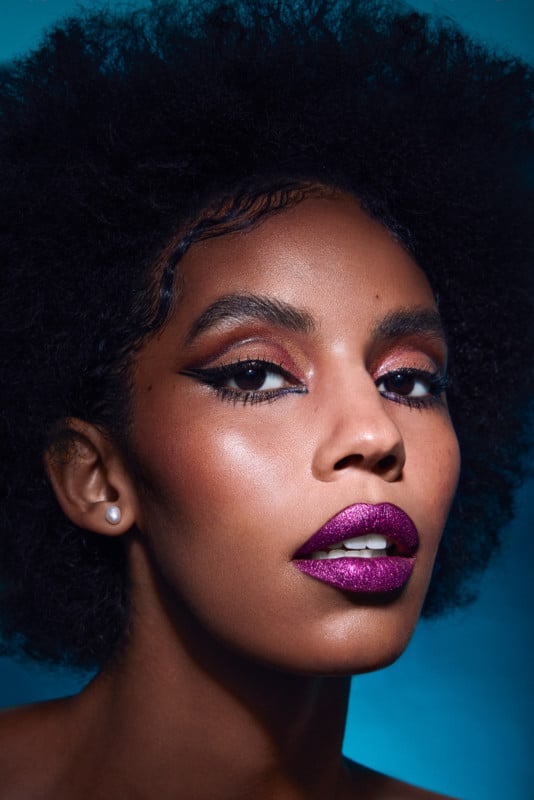
The B1X provides 500W of power. This is plenty for both in-studio and on-location work. Being only 1 stop higher than the B2 or the B10X, there is still a noticeable difference between the light output.
If you’re working in the studio, the B1X is also giving enough power to light a black frame. 500W of light is the same amount Profoto puts in its most popular monolights: the Profoto D2. It is popular in studios, and most photographers don’t complain that there isn’t enough power. Even in big modifiers such as the 4×6 softbox, you will not be short on power.
If you’re like me and shoot fashion, the B1X will be just enough to light a scene at ISO 100 and f/11. Still, I don’t have a problem going as high as ISO 400 on my Canon 5DS, as the sensor can render the image fairly well even at that relatively high ISO. If you don’t mind bumping your ISO up, the B1X will always have enough power for you.
The B1X is good in the studio, but it really shines on-location. 500W of power is the maximum Profoto offers right now. The B1X is made to be an on-location light. If you’re shooting weddings, you will need only one B1X to light up a whole hall. If you want to shoot portraits outdoors, the B1X will also have enough light output to mix it with sunlight in a natural way.
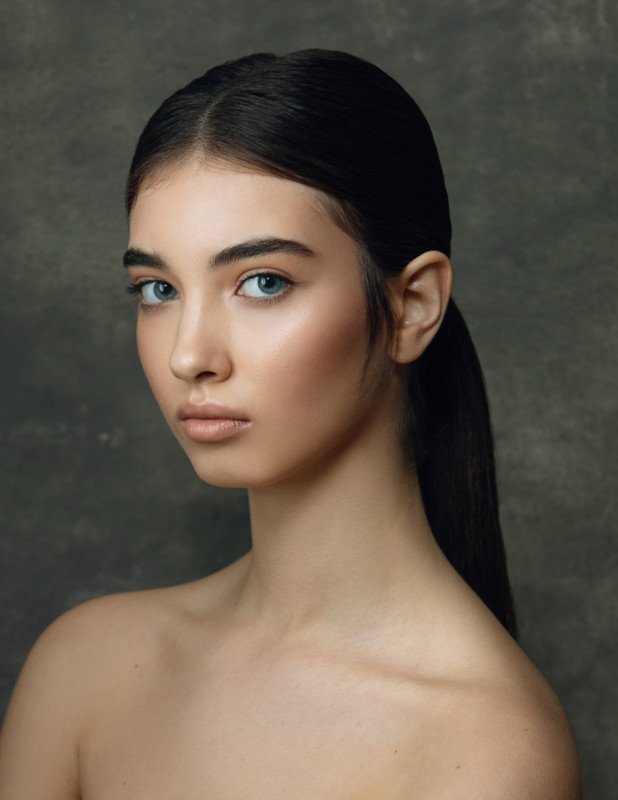
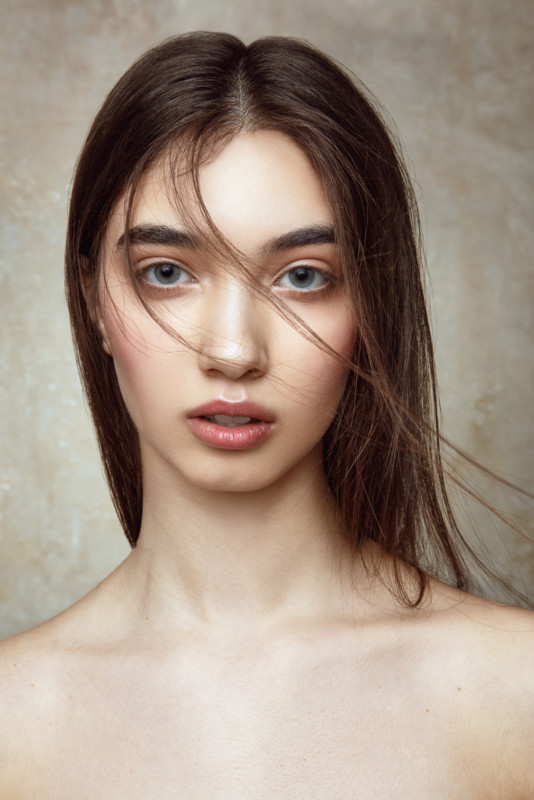
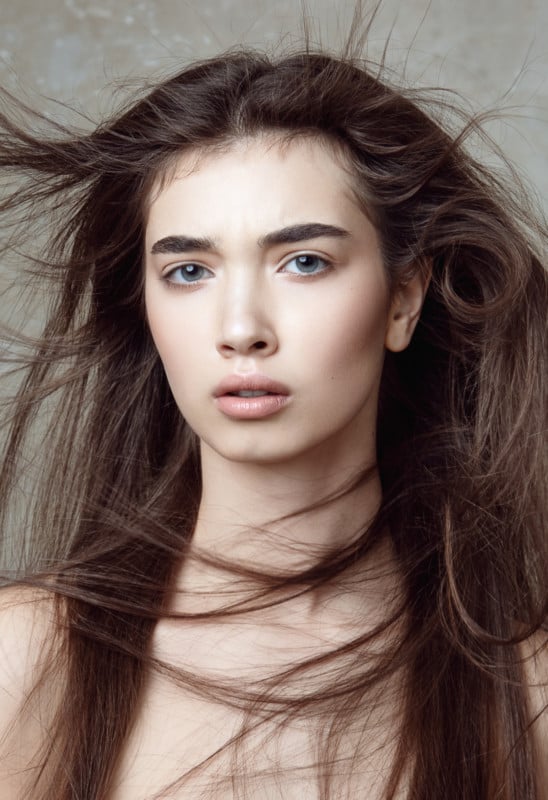
Let’s talk about other important properties: consistency, flash duration and recycle time.
The power output is like with most Profoto units: consistent. I can rely on the flash to give me the same power all day without a misfire.
The temperature is also incredibly consistent across the whole power range, I didn’t notice the slightest shift in the color temperature across the whole power range. This is very good news for me because it means that I can have a lot of B1X lights in different positions and power levels giving me the same temperature. The more consistent the lights the more “expensive” and professional the picture. The B1 was also incredibly consistent.
The battery life is much better than the B1. I own both B1 and B1X batteries, and there is a clear difference. The B1X battery will give you anywhere from 300 to 325 full-power flashes. I can go through a portrait session without needing a spare.
If you own three batteries and a fast charger, you can shoot all day and not worry about running out of power. By the time you’re done with 1 battery, a fresh one is charged. That is if you’re shooting at full power with a full modeling lamp on. Unfortunately, you can’t charge the B1X while using it which I find incredibly annoying because it would make a lot of sense. To me, it is no different than the Profoto B2 or B10 which can be charged while using.
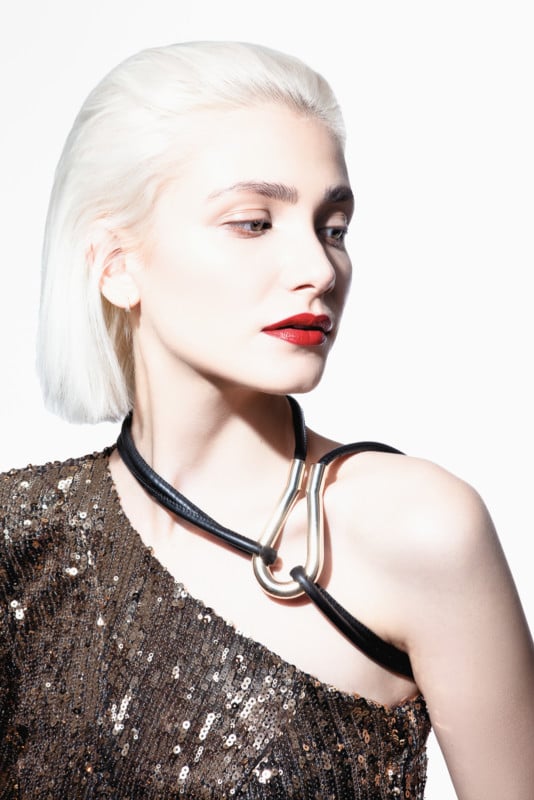
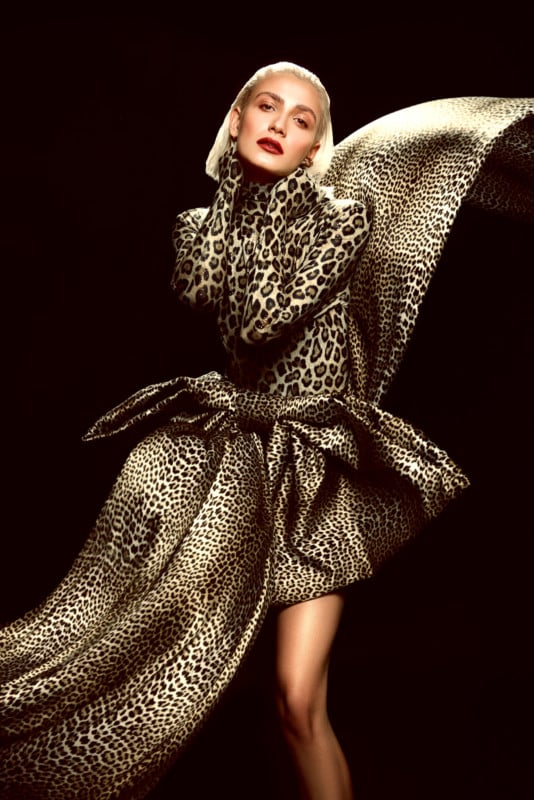
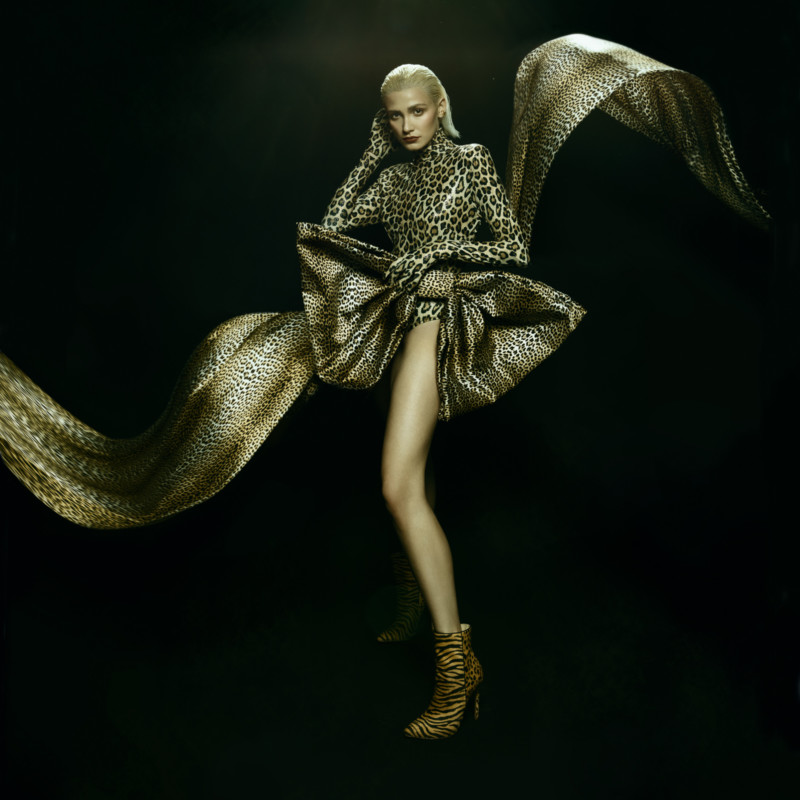
The LED modeling lamp is powerful and can be used for video. Keep in mind that because it’s battery-powered, it won’t be a good long-term video light solution. Look towards the B10X or the B10X Plus for video capabilities.
The output in the B1X is 80% higher than the original B1, it has an LED with 90+ CRI, or 24W or output. It can be set to free, or proportional.
![]()
![]()
The flash duration on the B1X is a little bit of a let-down. It is 1/1000s at maximum power, but if you drop the power, it will rapidly shorten reaching the maximum of 1/19000s (in freeze mode). It is good enough for freezing action on-location, but if you need to freeze motion and the budget allows for it: rent a Pro-11 and don’t worry.
![]()
Recycling times are good but not great. 1.9s at full power is far too long for light so high-end. If Profoto could make the D2 recycle in 0.6, it can make the B1X recycle faster than 1.9. It isn’t awful of course, but it can slow down the shooting process a little. Still, it is better than the B1 which was over 2 seconds. The B1X will recycle the same with either B1 or B1X batteries.
![]()
A Reliable On-Location Workhorse
Are There Alternatives?
Profoto offers one more 500W battery-powered light: B10X Plus. It will recycle much slower, have a shorter battery life, and won’t be as reliable and sturdy as the B1X. On the other hand, it is much more compact, has a brighter LED modeling lamp, supports AirX, and can be charged while using. It is also cheaper than the B1X.
![]()
Godox has its popular AD600 which will have a longer flash duration, won’t be as consistent, and have worse build quality. But on the other hand, you will enjoy a longer battery life, the ability to use it from mains power (with an adapter), and a lower price.
Elinchrom has a 500W pack and head system which has flimsier heads, longer recycle time, and is overall bigger. But it has a much better flash duration (1/3000s), longer battery life, and supports two asymmetrical lights.
Should You Buy It?
If you have the budget to spend on it and shoot on location then yes, you should buy the B1X. The B1X is made to be an on-location light and it will be a reliable solution for many shoots.
If you shoot in the studio, you should stay away from the B1X and look towards the Profoto D2. An alternative to buying the B1X can be a Profoto D2 with a Jackery 1000 generator.